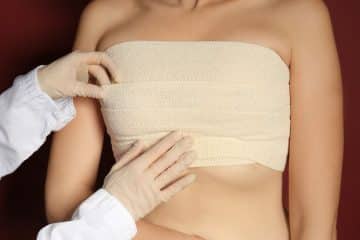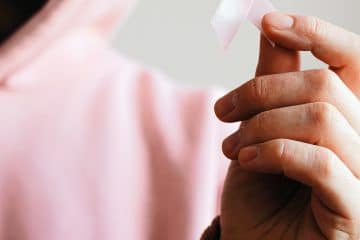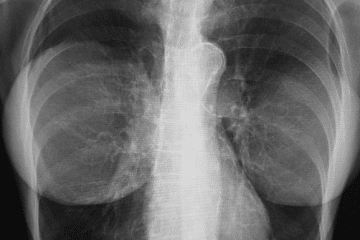A breast lump is a swelling or mass that developed in the breast and feels different from the breast tissues around it. They vary in forms and some may be painful. Breast lumps can be caused by infections, injuries, non-cancerous growths and cancer.
It is recommended to check the breasts regularly as early diagnoses of breast lumps help the treatment. When you notice any lumpy feeling in your breast, it may be time to visit your doctor. Depending on the type of lump, you can cure breast lump without surgery. Some even go on their own.
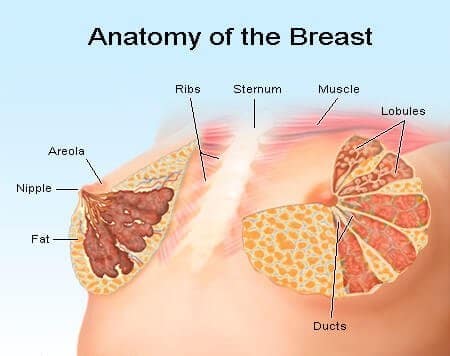
Types of Breast Lumps
Breast lumps can be divided into two main groups depending on whether they are cancerous or not.
1. Benign – This is a type of lump formed by body cells but they are non-cancerous. Examples of benign breast lumps are Fibroadenomas and Fibrocystsic Lumps. Fibroadenomas are solid lumps of fibrous tissue and they mostly occur in women between 18 and 30.
A fibroadenoma feels like a firm, smooth or rubbery lump in the breast with a well-defined shape. It’s painless and moves easily when touched.
Fibrocystic breast lumps are a non-cancerous condition affecting about 50 to 60 percent of women. Fibrocystic lumps are caused due to the overreaction of fibrous breast tissue, mammary glands and ducts to hormone levels during ovulation.
2. Malignant Tumors – This type of breast lumps causes breast cancer. They spread to adjacent healthy breast tissues and destroy them. If not checked and treated early, they will continue to spread through the lymph system and bloodstream to other parts of the body and death may result. Breast cancer usually causes no pain in the breast.
The symptoms of breast cancer include painless breast lumps, nipple discharge, and inflammation of the skin of the breast.
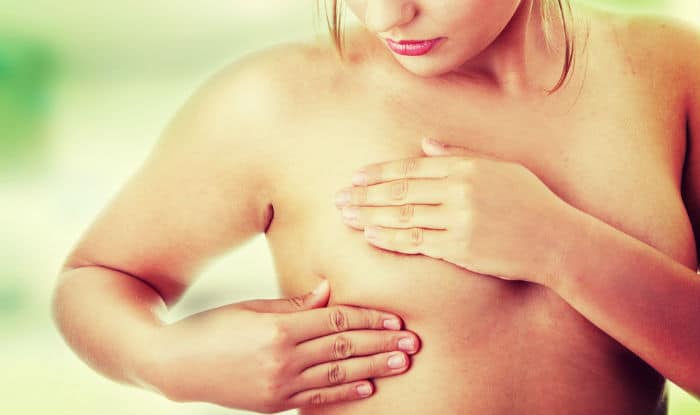
Diagnosis and Evaluation of Breast Lumps
Most breast lumps are not cancerous. There are various medical devices to ascertain that a lump is not cancerous.
Mammography – Mammography is the process of using low-energy X-rays to examine the human breast for diagnosis and screening. The goal of mammography is the early detection of breast cancer, typically through the detection of characteristic masses.
Breast Ultrasound – This employs sound waves to produce images of the internal structures of the breast. Breast ultrasound is safe and does not involve the use of radiation.
Biopsy – Provided not enough information was derived from mammography and breast ultrasound, then tissue biopsy may be required to confirm if a breast lump is cancerous. During tissue biopsy, a radiologist will administer local anesthesia, and then advance a thin sampling needle into the lump to remove some tissue for evaluation under a microscope. The biopsy procedure is usually quick, but it may take a few days before the final tissue analysis (pathology report) is ready.
Causes of Breast Lumps
Breast lumps may be caused by a range of conditions including:
- Breast infections – Infection of the breast is known as mastitis. Mastitis may occur in breastfeeding women. When the skin of the nipple is injured, bacteria and other pathogens can enter the damaged area and cause infections.
- Breast cysts – A cyst in the breast may feel like a lump, but upon examination, the lump is a small, generally harmless sac filled with fluid rather than a cancerous or benign lump of cells. The cause of breast cysts is not known.
- Fibroadenoma – This is a benign type of breast lump.
- Injury – Lumps may form in the breast following injury to the breast by trauma. Trauma to the breast can damage fat cells resulting in a condition known as fat necrosis which forms a lump in the breast.
- Breast Cancer – A breast lump is an early sign of breast cancer. Although most breast lumps are not cancerous, it is best to visit a doctor as soon as a lump is noticed for proper evaluation.
Treatment of Breast Lumps
A breast lump can be treated without surgery provided the lump is not cancerous. There are proven natural remedies to cure breast lumps without surgery. Some involve lifestyle changes, diet changes and compressions. The following natural remedies will help to cure breast lumps without surgery:
- Dietary Changes
To cure breast lumps without surgery, there may be a need to make changes to the diet. There is a need for a drastic reduction in meat intake. Avoid estrogen-like compounds such as soy and other dairy products.
Tea and coffee in some cases are a reason for a lumpy breast. If you do not want to have lumpy breasts, then you should avoid them. Also, soft drinks are a reason for lumpy breasts. Alcohol such as beer and wine also can be a reason for lumpy breasts. Some medical experts also suggest reducing salt in the diet.
- Compressions
If you want to reduce the swelling caused by the lumpy breasts, then you should use a hot compress as your natural remedy. In hot water, you should dip a face towel. Then, you should put this towel on your breasts for a few minutes.
When you start feeling that the heat of the towel is reduced and the towel is cold, then you should put the towel again in the hot water and then apply it again on your breasts. Also when you are using this home remedy, you can use a heating pad.
You may also compress the breast using ice to relieve pain.
- Antibiotics
If you have breast lumps as a result of infections, your doctor will prescribe antibiotics drugs to treat the infections.
When it comes to breast cysts, no treatment is needed and they usually go on their own.
As stated earlier, these remedies are only effective if a breast lump is not cancerous. For malignant tumors, treatment usually involves surgery and chemotherapy or radiation therapy, depending on the stage of cancer.
Detecting breast cancer early can improve the prognoses and chances of cure of cancer, hence it is recommended for women to examine their breasts regularly and visit a doctor if a lump is detected.
Read More: What is Breast Augmentation Surgery?
